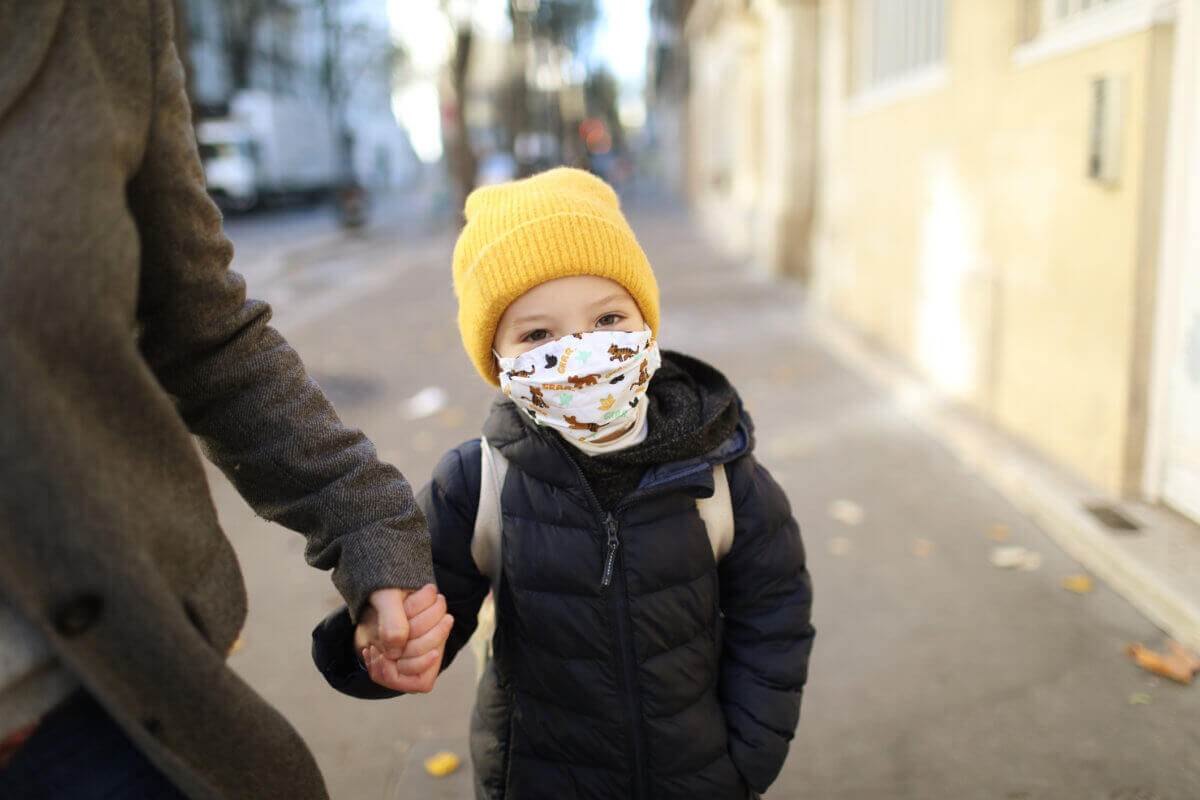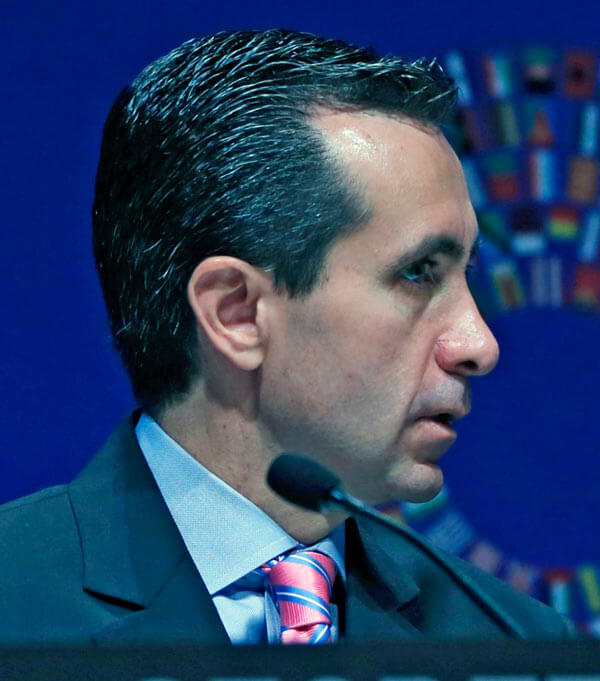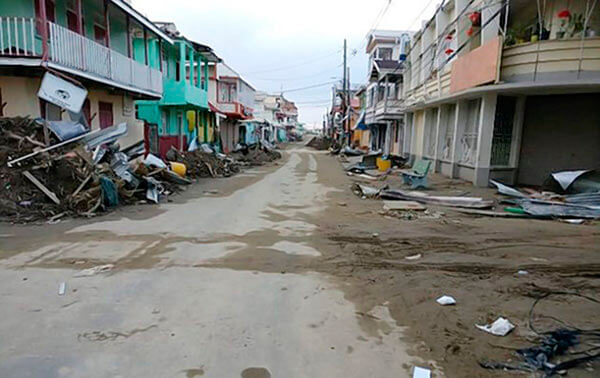The checks are in the mail.
This July, millions of households across the country and hundreds of thousands right here in New York started receiving additional money through the Child Tax Credit secured by President Biden and the Congress earlier this year.
We’ve seen a wave of new programs, stimulus money and unemployment benefits flow to Americans hit hard by the pandemic. But the Child Tax Credit expansion is different. In fact, it could be one of the most powerful anti-poverty tools we’ve ever had in this country.
According to estimates, the changes to the Child Tax Credit this year could help an additional 39 million households across the country this year and lift as many as 5 million kids out of poverty. And the emerging consensus is that the expanded Child Tax Credit is so effective, it could cut child poverty in half.
It couldn’t come at a more crucial time. The pandemic plunged millions of families into economic hardship. It erased a decade of progress reducing child hunger. For a state where nearly one in five kids is raised in poverty, the Child Tax Credit could be a game-changer.
But only if the families who need it most take the steps to secure their own benefit.
The Child Tax Credit has been around for decades. Most parents are familiar with it from filing personal income taxes each year. Until this year, it maxed out at $2,000 annually. That’s hardly enough to cover the costs of raising a child, but for a low-income household, it can help cover critical expenses.
Now, because of the pandemic, Washington has upsized the benefit to $3,000 annually, and $3,600 for each child under six. That’s a meaningful increase for families struggling to make ends meet.
But the biggest change is that families who don’t earn enough income to file income taxes now qualify for the benefit, too. Until this year, they were excluded. It’s counterintuitive, but historically, the families who needed the Child Tax Credit the most have never even qualified for it.
Now, every family will see this benefit—but only if newly eligible families take the time to enroll. If you didn’t receive this payment in July or August, go to GetCTC.org/strength to sign up. Tell your friends and family members with kids. Make an announcement at your local church or religious service.
The beauty of this benefit is that it can be used for anything—and so families end up using it on what’s most essential for them. And we see time and time again that it helps families’ budgets where they struggle most—putting food on the table.
When families face fixed expenses like rent and utilities, they are forced to cut back where they can—and too often that’s food. The latest data shows one in four kids here in New York City could face food insecurity this year. Those are households where mom or dad is forced to skip meals to give their kids enough to eat, or days toward the end of the month when there’s not enough money to buy groceries.
Food insecurity affects how kids do in school. It affects their physical and mental development. And it fosters a negative cycle of poverty unless we break it.
This year’s expanded Child Tax Credit is one of the most powerful tools we’ve ever had in our fight against child hunger. We can’t let any family leave that money on the table.
Spread the word.
The sooner families sign up, the sooner we can get them benefits.
And the sooner we can decisively turn the tide against child poverty in New York.
Rachel Sabella is the Director of No Kid Hungry New York.


























